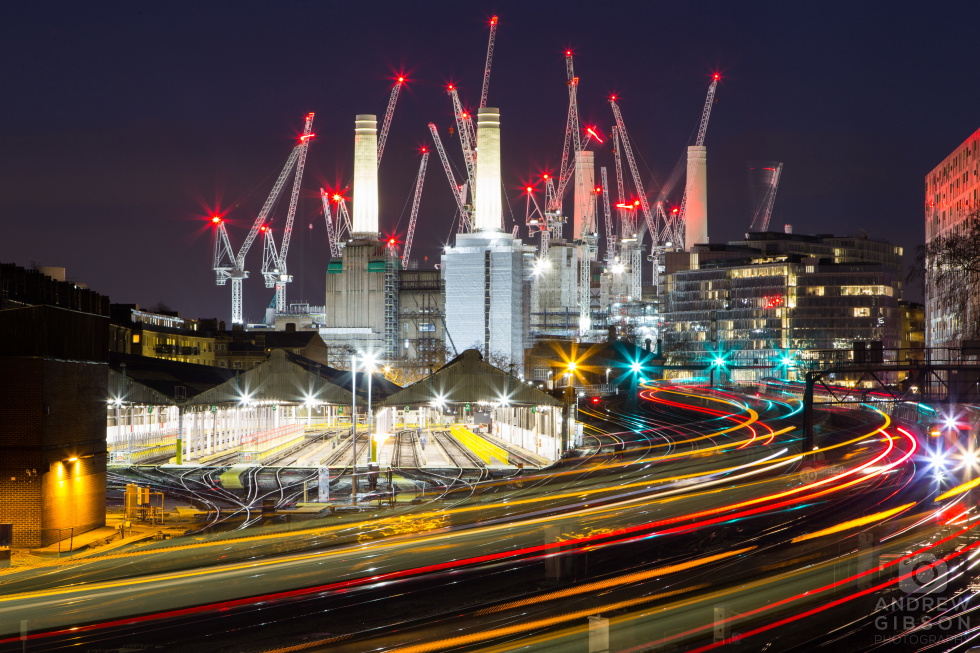I was invited back to the Blackpool Geographic Association this week to give them another photography talk and chose this time to present Disappearing Britain – my take on the changing socio-political landscape since the second world war as told by the abandoned and derelict places left behind.
During the Programme Secretary’s opening gambit we heard that geography was ‘a broad church’ – a statement I felt sure my presentation would take to its limit. But over an hour and a quarter I rattled through 180 slides and presented to the group what would essentially be an armchair historian come urban explorer’s travelogue, taking in a decade of creeping about in some of Britain’s forgotten places. And people do like to see behind closed doors…
The essence of the presentation was to demonstrate how Britain is losing its sense of history, identity and place in the way it changes and adapts to the agendas of the day. The rapid and hasty wholesale closure of mental hospital estates that were once huge employers and landmarks; the decline of industries that put towns on the map and gave them their entire reason for being; redundant northern textile mills; lost communities left behind by the running down of the collieries; bold concrete housing estates that went from utopian vision to dystopian nightmare in a matter of a decade – and the return to the kind of homes we had before them. The way people live, work and are cared for has changed dramatically in the last 75 years and the architectural lie of the land has changed with it.
The ongoing loss of the mills at an embarrassing rate, the removal of headstocks from pit villages, the abandonment and ruin of grand country houses and even grander hospitals, the felling of obsolete cooling towers and power stations that acted as waymarkers… Architecturally all of this has – and continues – to erode away at the layers, depth and interest of the built environment. Socially, we may yet come to regret and backtrack on a few of them.
Britain is becoming a series of non-descript low-rise bland suburbs that blend in to one another with little of interest to catch the eye, to provide a sense of place to people that live there or pass through. Buildings are constructed cheaply, often you can’t tell the difference between a new hospital, office block, factory, prison or school. That’s a great shame – but it is reflected in the way society has become so much more selfish and spiteful as the years have gone by.
A truly fascinating and very different view of Britain. I am sure you could tell that we were all absorbed in the journey into our past landscapes
– Jenie – Programme Secretary, Blackpool Geographic Association
It seemed to go down well.
Many of the places I presented no longer exist, many more sit on the edge of oblivion but some can be saved, re purposed or simply left as monuments to a great history that’s fading fast. To give some kind of distinction to the skyline and to remind the communities of their history. It’s increasingly important.
The image at the top shows the current state of Battersea Power Station, mid-transformation, taken early in February. It didn’t feature in the talk but could have done and since I’ve not posted it yet (having written this piece on its history a few years ago) it gives me a good opportunity to show it to you now. You couldn’t imagine London without it, and the same principles apply up and down the country with place-defining buildings and structures sitting in limbo deteriorating.
With a little imagination these too could be saved and transformed. In the race to the bottom, their like will never be built again…
